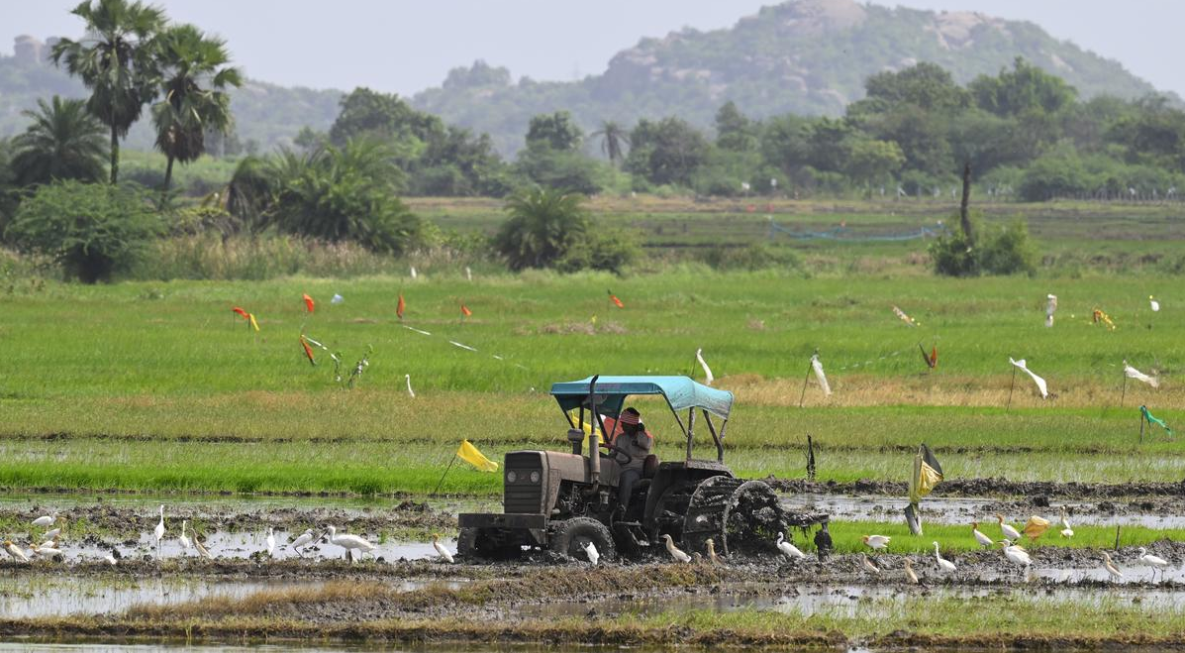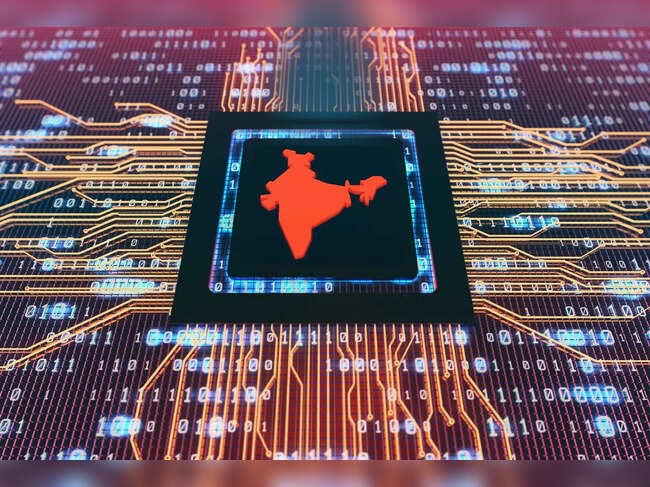



India is taking several steps to boost exports, including GST rate cuts, Production-Linked Incentive (PLI) schemes, and trade infrastructure upgrades. These measures aim to make Indian goods more competitive globally, diversify export markets, and promote sustainable, value-added growth in line with international standards.

Copyright infringement not intended
Picture Courtesy: The Hindu
India’s tractor industry — the backbone of its agriculture — is entering a decisive phase. The government’s recent move to reduce the Goods and Services Tax (GST) on tractors to 5% aims to make farm mechanisation more affordable and strengthen the manufacturing base for exports.
|
Type |
Levied By |
Applies To |
Example |
|
CGST (Central GST) |
Central Government |
Within a state |
Sale of goods within Delhi |
|
SGST (State GST) |
State Government |
Within a state |
Sale of goods within Delhi |
|
IGST (Integrated GST) |
Central Government |
Between states / exports / imports |
Sale from Delhi to Maharashtra |
|
UTGST (Union Territory GST) |
Union Territories |
Within UTs |
Sale within Andaman & Nicobar Islands |
Economic Impact
Industrial Impact
Social and Employment Impact
Environmental & Global Trade Impact
|
Measure / Scheme |
Objective / Focus |
Key Features / Actions |
Data / Impact (2024–25) |
|
1. Production Linked Incentive (PLI) Scheme |
Promote domestic manufacturing and exports in key sectors |
Financial incentives linked to production and exports; covers 14 sectors |
Expected to add $500 billion in exports by 2030; mobile exports rose from $11B → $16B (Source: The Hindu) |
|
2. RoDTEP (Remission of Duties and Taxes on Exported Products) |
Refund hidden taxes not covered under GST |
Refunds on fuel, power, transport, etc. for exporters |
Covers 10,342 products, improving competitiveness (Source: The Hindu) |
|
3. EPCG (Export Promotion Capital Goods) |
Enable technology upgradation for export industries |
Duty-free import of machinery for export production |
Helped enhance quality and reduce production costs |
|
4. TIES (Trade Infrastructure for Export Scheme) |
Strengthen export-related infrastructure |
Funds logistics parks, testing labs, cold storage |
70+ projects approved since 2017. (Source: The Hindu) |
|
5. Free Trade Agreements (FTAs) |
Expand market access and reduce tariffs |
CEPA with UAE, ECTA with Australia; talks with EU, UK, GCC |
Exports to UAE rose 18% post-CEPA, (Source: The Hindu) |
|
6. Export Credit & Insurance (EXIM Bank & ECGC) |
Provide financial risk cover and credit to exporters |
Cheaper export loans, risk insurance coverage |
ECGC insured ₹8.5 lakh crore worth of exports. (Source: The Hindu) |
|
7. Digital Trade Facilitation |
Simplify export procedures |
e-SANCHIT, ICEGATE, and paperless customs |
Reduced documentation time by 25–30% |
|
8. Sectoral Promotion Policies |
Promote specific sectors (textiles, agri, gems, pharma) |
MITRA Textile Parks, Agri Export Policy, support for lab-grown diamonds |
Target: $100B agri exports by 2030. (Source: The Hindu) |
|
9. Logistics & Port Modernisation |
Reduce logistics costs and improve connectivity |
Sagarmala, Bharatmala, PM Gati Shakti initiatives |
Logistics cost reduced from 14% → 10–11% of GDP. (Source: The Hindu) |
|
10. GST & Tax Reforms |
Ease tax burden on export goods |
Lower GST rates, faster refund system |
Boosted liquidity and export competitiveness |
Source: The Hindu
|
Practice Question Discuss the major government measures to boost exports in India. How can India achieve the $2 trillion export target by 2030? (250 words) |
Exports are goods and services produced in India and sold to other countries. They help earn foreign exchange and strengthen the economy.
Exports boost economic growth, create jobs, improve foreign exchange reserves, and reduce the trade deficit. They also increase India’s global competitiveness.
In FY 2024–25, India’s total exports (goods + services) touched $829 billion, with $437 billion from merchandise and $392 billion from services.








© 2025 iasgyan. All right reserved